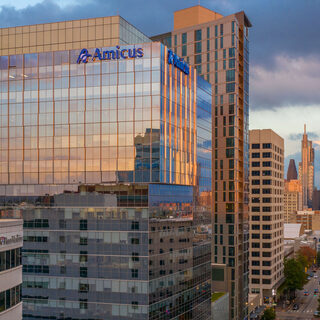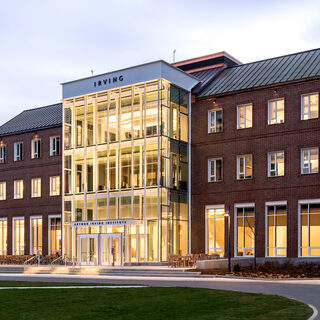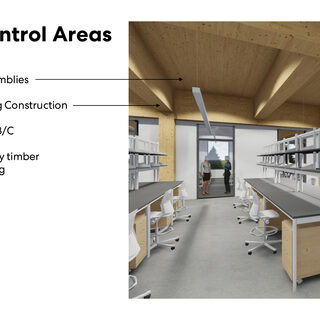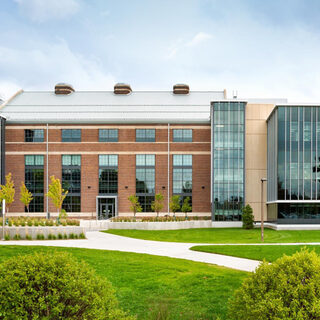Tradeline's industry reports are a must-read resource for those involved in facilities planning and management. Reports include management case studies, current and in-depth project profiles, and editorials on the latest facilities management issues.
Latest Reports
High-Rise Labs in Urban Settings Present Both Advantages and Challenges
Life science laboratories are increasingly embracing the idea of moving into high-rise settings in city centers, filling space in new construction, or renovating office space left vacant, in part, by the many companies opting to continue to work from home following the pandemic. High-rise laboratories in urban settings offer many advantages related to recruiting top talent, the ease of city amenities, and abundant transportation options, says Matthew Decker, AIA, architect for CRB in Plymouth Meeting, Penn. But they also pose challenges, including strict building codes for hazardous materials, and infrastructure concerns that can affect placement of lab equipment, HVAC systems, and utilities.
Net Zero Carbon is Achievable in Traditional Lab Space
Whether renovating an existing lab space or building a new one, conserving energy is likely to be a top priority—even more important than the return on investment. No longer a pie-in-the-sky goal, achieving net zero carbon in standard wet labs is now within reach with the right combination of measures, starting with ventilation management and moving toward electrification. Even cleanrooms, which are among the highest energy intensive laboratory types, could be next. MIT.nano, which opened in 2018 after seven years of planning and design, achieved best-in-class for energy performance, which the designers call “the first big step toward net zero” for these ultra-high-intensity facilities.
New Dartmouth College Building Designed as Global Benchmark for Sustainability
The new Arthur L. Irving Institute for Energy and Society at Dartmouth College in Hanover, N.H., is designed for groundbreaking performance and efficiency, with expectations of achieving an energy use intensity (EUI) of approximately 18 compared to the average usage of 130 at other campus buildings. Maintaining low energy consumption, optimizing occupant comfort, minimizing the mechanical cooling needs, and expressing energy performance through design were especially important goals for the institute, which is intended to be a living laboratory for educating the next generation of energy experts.
Will New IBC Rules Usher in an Era of Mass Timber Lab Buildings?
New rules on mass timber construction in the 2021 International Building Code (IBC) significantly expand the opportunities to use engineered wood as the primary structural material in laboratory buildings. The updated version of the code establishes three new types of construction that now permit “mass timber buildings of taller heights, more stories above grade, and greater allowable areas compared to existing provisions for heavy timber buildings,” according to a summary from the International Code Council.
Flexible Design for Higher Education Science and Engineering Facilities
New teaching facilities for science and engineering stress flexibility and interdisciplinarity, but how much flexibility is appropriate? Michael Lauber, principal at Ellenzweig in Boston, cites three recent university-level projects at Michigan State University, University of Maine, and Rice University to demonstrate how to achieve varying levels of flexibility with lab infrastructure and casework, and how the floorplan can enable occupants to easily adapt their space to ever-changing pedagogical goals in multiple STEM disciplines.





